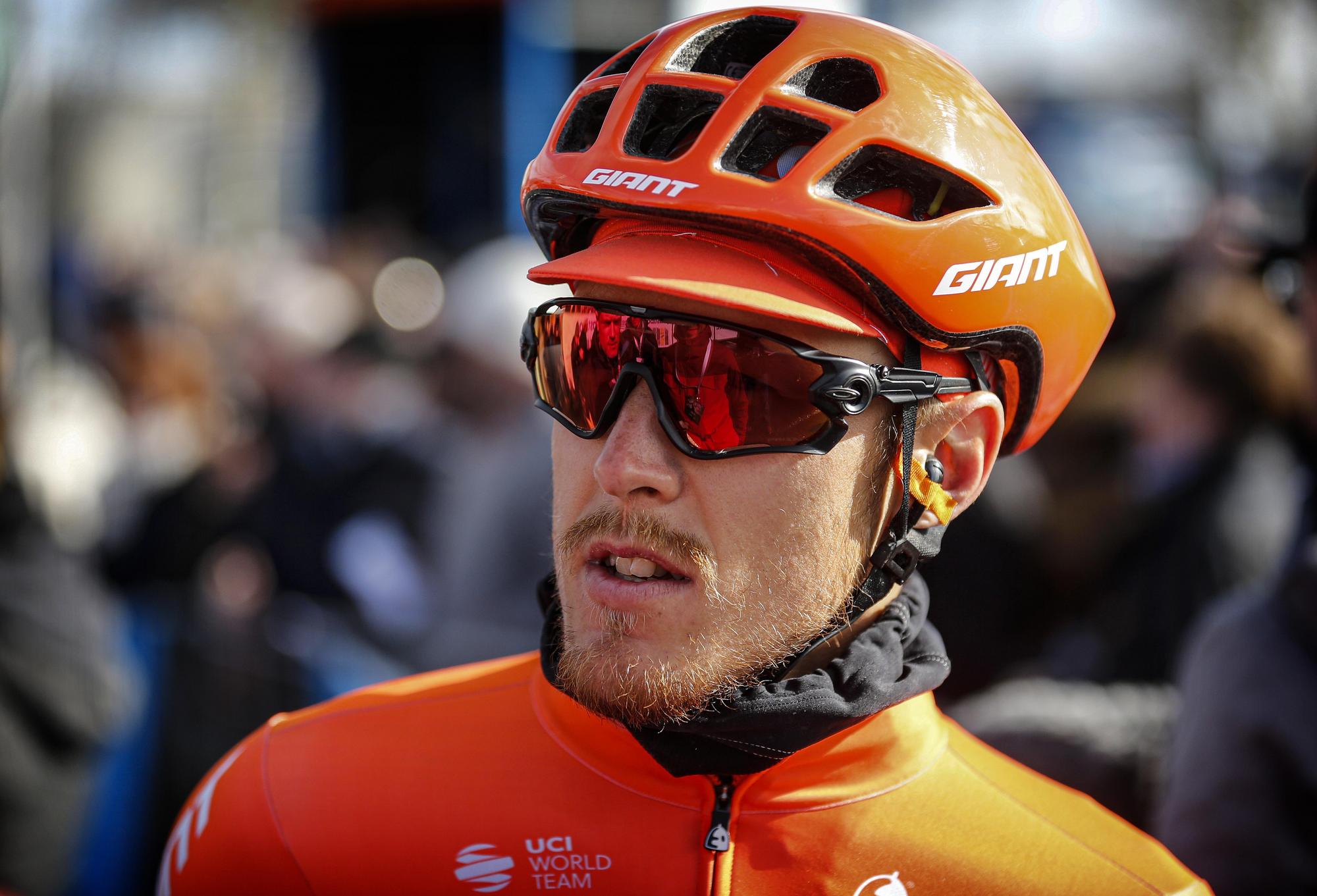Trentin hoping for lasting rules to improve rider safety
Italian calls for padded barriers at race finishes

Matteo Trentin, one of the rider representatives in the UCI stakeholders meetings on rider safety, is hoping that the discussions will result in lasting measures, with improvements in regulations for crash barriers an important factor.
The UCI initiated discussions in September, with delegates from the riders' union (CPA), teams (AIGCP), race organisers (AIOCC) and the UCI sitting down to work on a global plan to improve rider safety after a series of incidents this year highlighted deficiencies in course design, roadside barriers and rider behaviour.
"On Thursday there was another meeting, which I couldn't attend, but in recent months, there have been several meetings to discuss safety in races, especially after what happened at the Tour de Pologne," Trentin said in an interview with Tuttobiciweb.
"We had two introductory meetings, three divided according to topic, and then the last one on Thursday, where everything that had been discussed was presented."
The 2020 season was rife with incidents, although the most serious crash was that of Fabio Jakobsen (Deceuninck-Quickstep), who suffered grievous injuries including losing all of his teeth after the Tour de Pologne barriers collapsed upon impact. The UCI suspended Dylan Groenewegen (Jumbo-Visma) for nine months for running Jakobsen into the barriers, but riders past and present were highly critical of the UCI for allowing the organisers to use substandard fences.
Although there were numerous other avoidable accidents, such as Remco Evenepoel crashing into a ravine in Il Lombardia, Steven Kruijswijk's fall on a pothole-strewn road in the Critérium du Dauphiné and the mass-crashes on slippery roads in Nice at the Tour de France, it has been Jakobsen's crash that has given the discussions the most impetus, especially around the issue of the design of course barriers.
"We sat around a table with the UCI and the organisers, and we brought to the discussion all of the issues that we had encountered from races. The organisers also brought up their difficulties and we started a dialogue because nobody wants to point the finger in condemnation. I can't believe that organisers would cut back on barriers knowing that we could injure ourselves," Trentin said.
Get The Leadout Newsletter
The latest race content, interviews, features, reviews and expert buying guides, direct to your inbox!
The Italian, who leaves CCC Team to join UAE Team Emirates in 2021, is hoping to move the sport toward using padded barricades such as those used in speed skating and skiing but admits that the riders, convoy drivers and motorbikes also need to be on their best behaviour.
"This will be a process that needs time, but as riders, we have been taken into consideration and we have managed to make changes to some important rules in order to avoid incidents," Trentin said.
"We've asked for secured barriers near finishes because they mustn't only be seen as something to separate us from the public, but they must take into consideration the risks for a rider who crashes into them. They should be protective like in skiing or ice-skating, where there is padding to soften the blows. We also asked for new, lasting rules, so they don't have to be modified again."
The riders themselves are not blameless in sparking incidents, and the UCI has come down harder on irregular sprinting after the Jakobsen crash, with Sam Bennett, Pascal Ackermann and Peter Sagan each being relegated in the late season.
"Naturally, when you're talking about security, you need to take an all-round view and all parties need to be involved, so we also talked about our own incorrect behaviour in races, which can cause accidents and which mustn't be tolerated. We riders make mistakes too," Trentin said.
It remains to be seen if the group will consider the detailed proposal drawn up by Jos van Emden, which called for closer course inspections, a prohibition on downhill sprint finishes, among other ideas, or the keirin-like rules suggested by Theo Bos to simplify rulings on sprinting behaviour.
Cyclingnews is the world's leader in English-language coverage of professional cycling. Started in 1995 by University of Newcastle professor Bill Mitchell, the site was one of the first to provide breaking news and results over the internet in English. The site was purchased by Knapp Communications in 1999, and owner Gerard Knapp built it into the definitive voice of pro cycling. Since then, major publishing house Future PLC has owned the site and expanded it to include top features, news, results, photos and tech reporting. The site continues to be the most comprehensive and authoritative English voice in professional cycling.